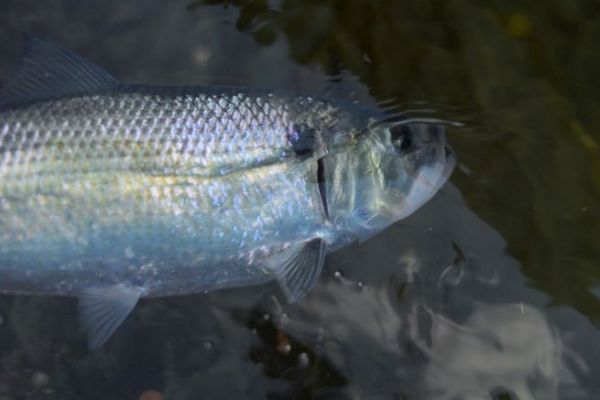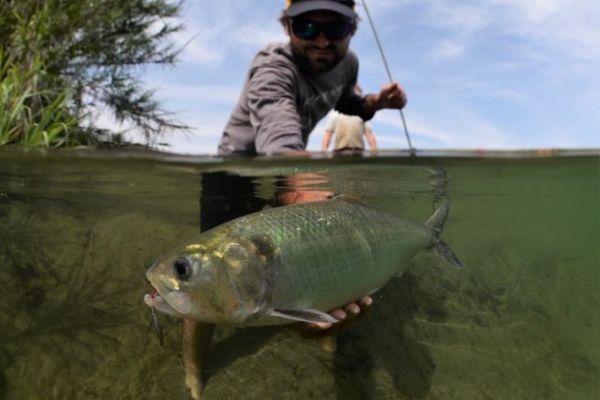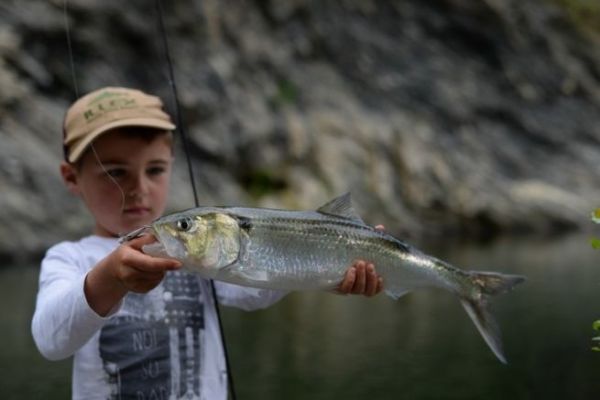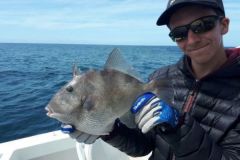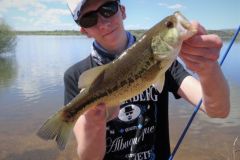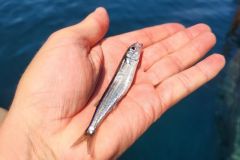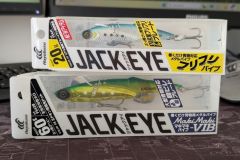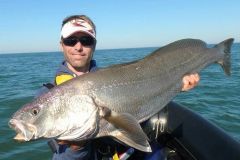General features
False shad resemble large sardines. They generally measure between 35 and 50 cm, but can exceptionally reach 60 cm. It has a hydrodynamic body and highly compressed flanks with large, shiny, silvery-gold scales. The back may have green, bluish or violet highlights. Black spots are also present, running from the top of the gills along the lateral line. The mouth is very hard at the top and bottom, while a very thin, fragile membrane is present on the sides of the mouth.
The feint shad, that little freshwater tarpon
It's a migratory fish that lives at sea and migrates to freshwater to reproduce. Like its cousin, the shad, or the Atlantic salmon, for example, it is a potamotok fish. It shares the same power and jumping ability as the salmonid shad. Shad, on the other hand, make little or no use of this ability to overcome obstacles... Fish ladders and low weirs are therefore of paramount importance for the survival and development of blueback herring, which can thus reach their spawning grounds upstream. The upstream migration of this fish is a very popular event for sport fishermen and thrill-seekers, as the shad is a very combative fish, jumping high out of the water and often unhooking during the fight. That's why they've been compared to tarpon!
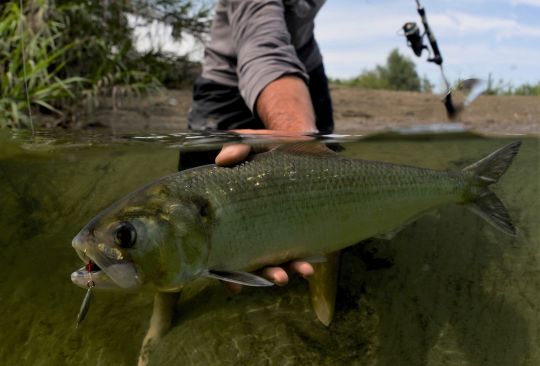
Differences between feint and great shad
The American shad, alose fallax, is a fish of the clupleidae family, like the sardine or the herring! At sea, it's a pelagic fish that feeds mainly on fish. This is the major difference with its cousin, the greater shad, which feeds mainly on smaller prey, such as seedlings or micro-crustaceans. To easily differentiate a shad from a gizzard shad, all you need to do is look at the scales: on the shad, the scales are perfectly arranged, whereas on the gizzard shad, they're in disarray!
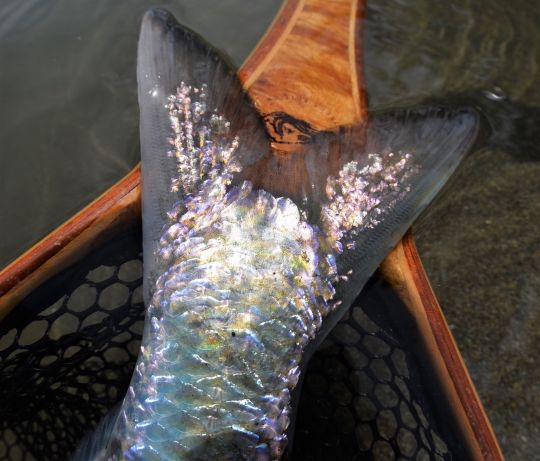
We can also observe the branchiospines (a kind of comb implanted at the exit of the gills, at the level of the gills, which act as a sieve by retaining prey so that it cannot escape through the gills). In large shad, the gills are very tightly packed to prevent the escape of tiny prey such as plankton or krill, whereas in feint shad, which feed on fish, the gills are more widely spaced. In fact, this type of feeding is what determines the shad's ability to catch fish.

 /
/ 